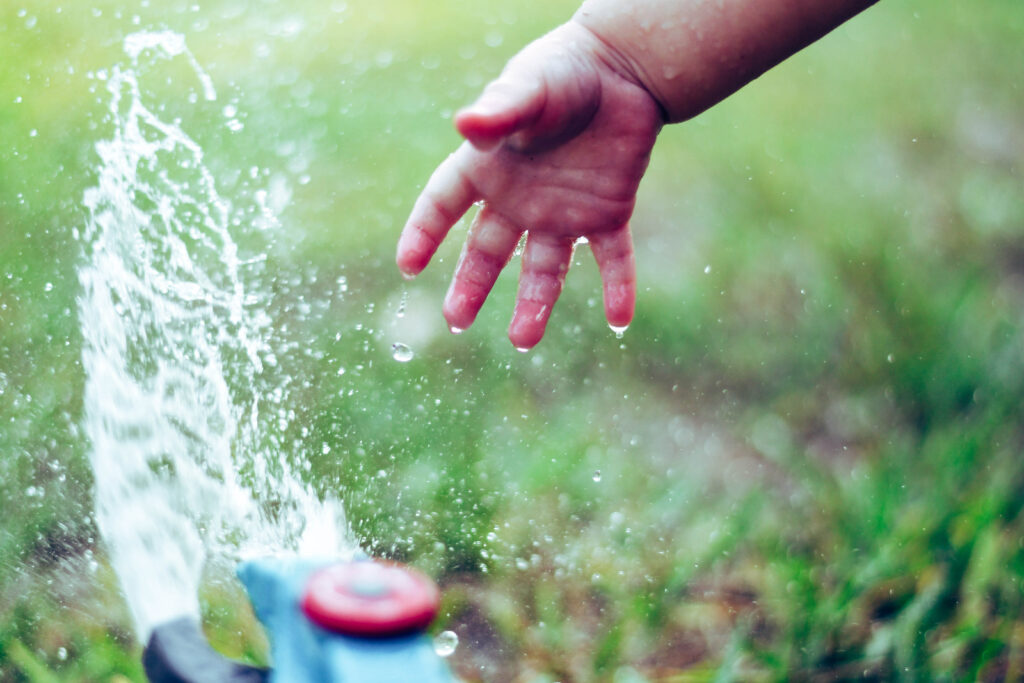
Summer Fun: Teaching Your Infant Water Safety and Swimming!
Creative world school Jul 1, 2018Splish Splash… we love the water!
Getting soaked is part of the fun of summer! And water safety is a high priority no matter where you live or how often you are near a pool. Here are some ways to ensure that your young child has safe, fun summers in or out of the water!

So, how do I know when my child is able to swim?
According to the National Aquatic Summit,
“In infant-toddler terms, swimming to us it is the ability to move through the water, harmoniously on their own accord. Initially, for very short distances. In the younger stages, the primary mode of propulsion is kicking. For those families who continue to practice, their child will eventually be able jump in, turn around and swim back to the side.”
Infants
Infant Self Rescue has been popularized for its efficiency and effectiveness. Infants are taught by various methods how to roll over and float on their backs should they ever fall into water. The benefit of this method is that it is effective. The downside is that it is often costly and can be scary for new parents as the infant may swallow water or struggle as they learn to swim.
“…at minimum, your child will learn to roll onto his or her back to float, rest, and breathe, and to maintain this position until help arrives.” Find class locations and resources here.
Alternatively, parents preferring to self-teach can employ the following guidelines for Infant Swim Readiness:
Experts recommend practicing with a 6-12 month old at least four times a week for optimal Swim Readiness.
The skills to begin acclimating your infant to are as follow:
- Lying on their back as you hold them in the water. Do not force this position but try it for as long as the baby is relaxed and immediately transition to an upright state when they begin to struggle. Attempt to extend the amount of time they lie in a relaxed state as you support them.
- Increase the depth of water “submersions.” In other words, increase your infant’s comfort by being in inch or two of water, then three to four inches, etc. Of course, children must always be supervised when in any amount of water. Make baby bath time fun with bubbles or by gently pouring water on your child’s torso and arms. Never submerge your baby’s head in water.
- Utilize AAP approved flotation devices for supervised swim time in the pool! Keep in mind that baby’s body temperatures are very fragile and should not be exposed to cool water for more than 10-15 minutes at a time.
In addition to keeping your baby safe and preparing them to enjoy water fun, studies have shown that children’s development is aided by the practice of swimming:
Studies conducted at Norwegian University of Science and Technology with Dr. Hermundur Sigmundsson and his colleagues found baby swimmers developed better balance, movement and grasping techniques than non-swimmers. This difference persisted even when the children were five years old; the baby swimmers still outperformed their peers in these skills.*
So, practice safety and have some fun in the sun this summer!
*Sigmundsson H., Hopkins B. “Baby Swimming Exploring the Effects of Early Intervention on Subsequent Motor Abilities.” Child: Care, Health and Development, Science Daily 210, 36 (3): 428 DOL:10.1111/j.1365-2214.2009.00990.x. May 7, 2010.


